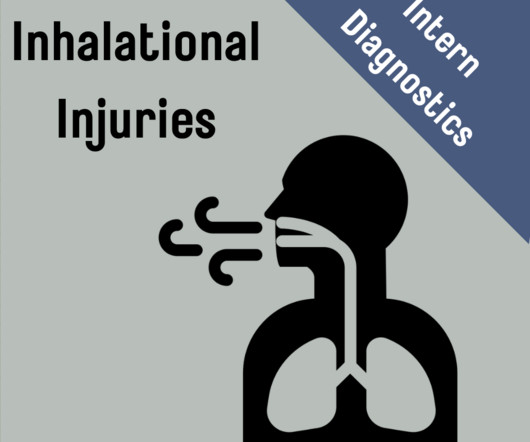AIR – Learning from the Airway Registry (November 2023)
Greater Sydney Area HEMS
NOVEMBER 4, 2023
A change of operator or removal of the blade from the mouth ends the attempt). Focus On: Burns Our burns videos are now collected together in a handy vimeo showcase! Follow this link to see all our burns-related airway videos: [link] These two videos come from the same patient, who had life-threatening burns.





















Let's personalize your content